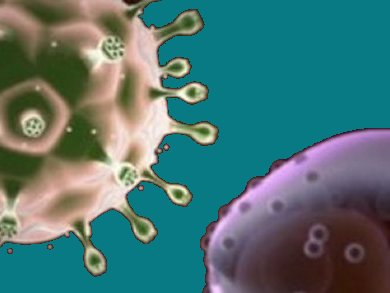A vaccine for the HIV virus still eludes us, but the vaccine-development strategy, retrovaccinology, i.e., going from the antibody to the vaccine, could identify new synthetic targets. To that aim, the human monoclonal antibody, 2G12, has been isolated from some infected individuals and has demonstrated a broad neutralization profile.
Jesús Angulo and colleagues, Instituto de Investigaciones Químicas, Spain, have investigated the interactions of five synthetic linear di-, tri-, and tetraoligomannosides and branched penta- and heptaoligomannosides in solution with 2G12.
By using saturation transfer difference NMR spectroscopy and transferred NOE experiments, they showed linear oligomannosides have a single binding mode, while the branched pentamannosides have two alternate binding modes, contrary to previous X-ray studies.
This data will impact the design of multivalent, high-mannose glycoconjugate mimics for vaccines.
- A Solution NMR Study of the Interactions of Oligomannosides and the Anti-HIV-1 2G12 Antibody Reveals Distinct Binding Modes for Branched Ligands
P. M. Enríquez-Navas, M. Marradi, D. Padro, J. Angulo, S. Penadés,
Chem. Eur. J. 2011.
DOI: 10.1002/chem.201002519



